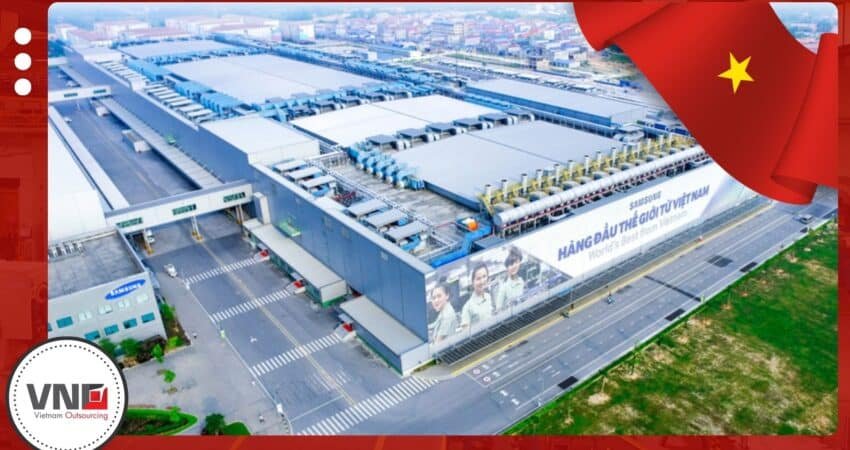- March 5, 2025
- Daniel Pham
Table of Contents
Introduction
US and EU companies are increasingly turning to Vietnam to reduce Vietnam metal procurement costs while maintaining high-quality precision machining. Rising production expenses in China and Western countries have led businesses to seek cost-effective alternatives. Vietnam provides a skilled workforce, lower operational expenses, and trade benefits, making it an attractive destination for outsourcing metal procurement and precision machining.
This article breaks down the cost-saving advantages of outsourcing precision machining to Vietnam, covering labor, production, material, and logistics savings.
Why Vietnam Offers Competitive Metal Procurement Costs
Lower Labor Costs for Metal Procurement
Vietnam’s labor costs for precision machining are significantly lower than in China, the US, and Europe. Businesses that outsource metal procurement to Vietnam can expect to save up to 40% on wages while maintaining high production standards. Compared to China, where wages have steadily increased, Vietnam remains a cost-effective alternative.
Reduced Overhead and Production Expenses
Manufacturers in Vietnam benefit from lower factory overhead, energy costs, and operational expenses, which contributes to reduced Vietnam metal procurement costs. These efficiencies help businesses lower their overall expenses without compromising on quality.
Affordable Raw Material Sourcing
Vietnam has access to cost-effective raw materials, either locally sourced or imported at reduced tariffs due to strong trade agreements. This ensures that precision-machined components and metal parts remain competitively priced while meeting international quality standards.
Trade Agreements That Lower Metal Procurement Costs
Vietnam’s involvement in free trade agreements like EVFTA, CPTPP, and RCEP helps reduce tariffs on exported metal components and precision machining services. This allows US and EU companies to cut import duties, further lowering their Vietnam metal procurement costs compared to sourcing from other Asian markets.
Lower Shipping and Logistics Costs
Vietnam’s strategic location and efficient logistics networks help reduce shipping expenses to North America and Europe. Compared to China, where tariffs and transportation fees can be higher, businesses that source from Vietnam benefit from smoother trade routes and lower shipping costs.
Cost Breakdown: How Vietnam Reduces Metal Procurement Expenses
| Expense Category | Vietnam | China | US & EU |
|---|---|---|---|
| Labor Costs | Low | Medium | High |
| Factory Overheads | Low | Medium | High |
| Raw Material Prices | Competitive | Competitive | High |
| Shipping & Logistics | Moderate | High | Domestic Costs Only |
| Import Tariffs (US & EU) | Low | High | N/A |
| Total Cost Savings (%) | 20-40% | 10-20% | 0% |
Industries That Benefit from Vietnam’s Lower Metal Procurement Costs
Aerospace and Automotive Precision Machining
Companies in the aerospace and automotive industries reduce their metal procurement costs by outsourcing precision machining for engine parts, chassis components, and structural metal parts to Vietnam. The country’s manufacturers meet strict industry standards at significantly lower costs.
Electronics and Industrial Equipment Manufacturing
Vietnam produces metal enclosures, connectors, and precision-machined components for the electronics and industrial sectors. Outsourcing Vietnam metal procurement allows businesses to save on fabrication and machining costs while maintaining product quality.
Medical and Heavy Machinery Metal Components
Manufacturers of medical devices, surgical tools, and industrial machinery rely on Vietnam’s precision metal machining industry for cost-effective, high-accuracy production. The country’s lower labor and material costs make it an ideal supplier for these specialized sectors.
Conclusion
Outsourcing metal procurement to Vietnam offers significant cost savings for US and EU companies. Lower labor costs, reduced production expenses, competitive raw material prices, and trade incentives allow businesses to cut manufacturing expenses by up to 40% while maintaining high precision machining standards.


